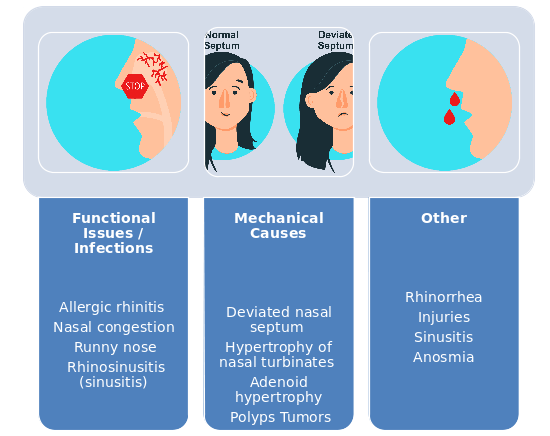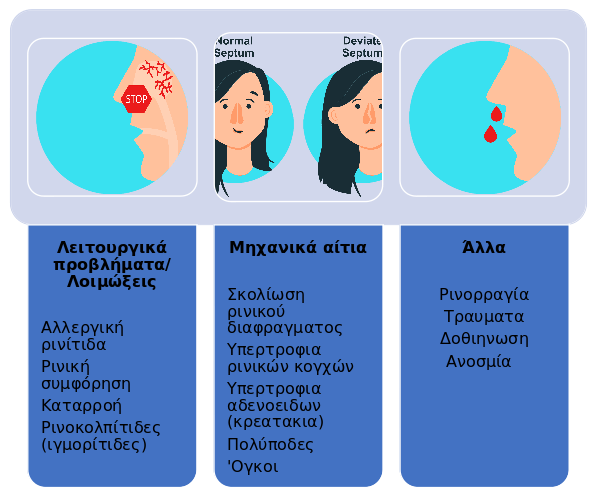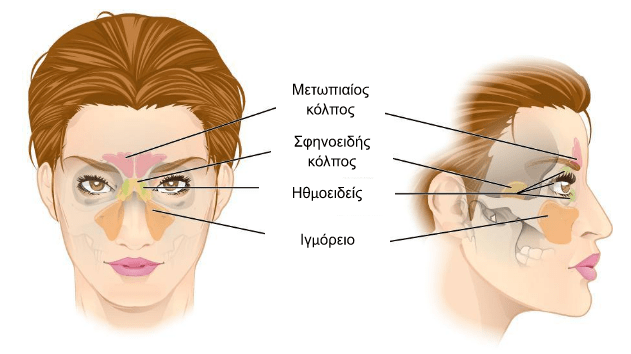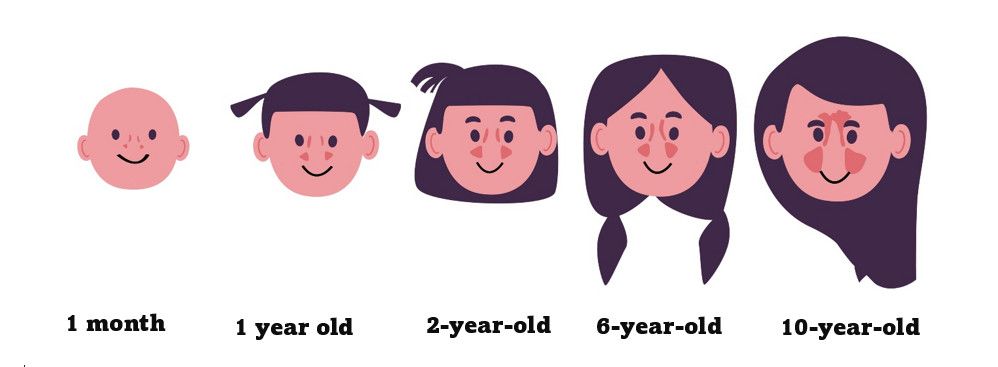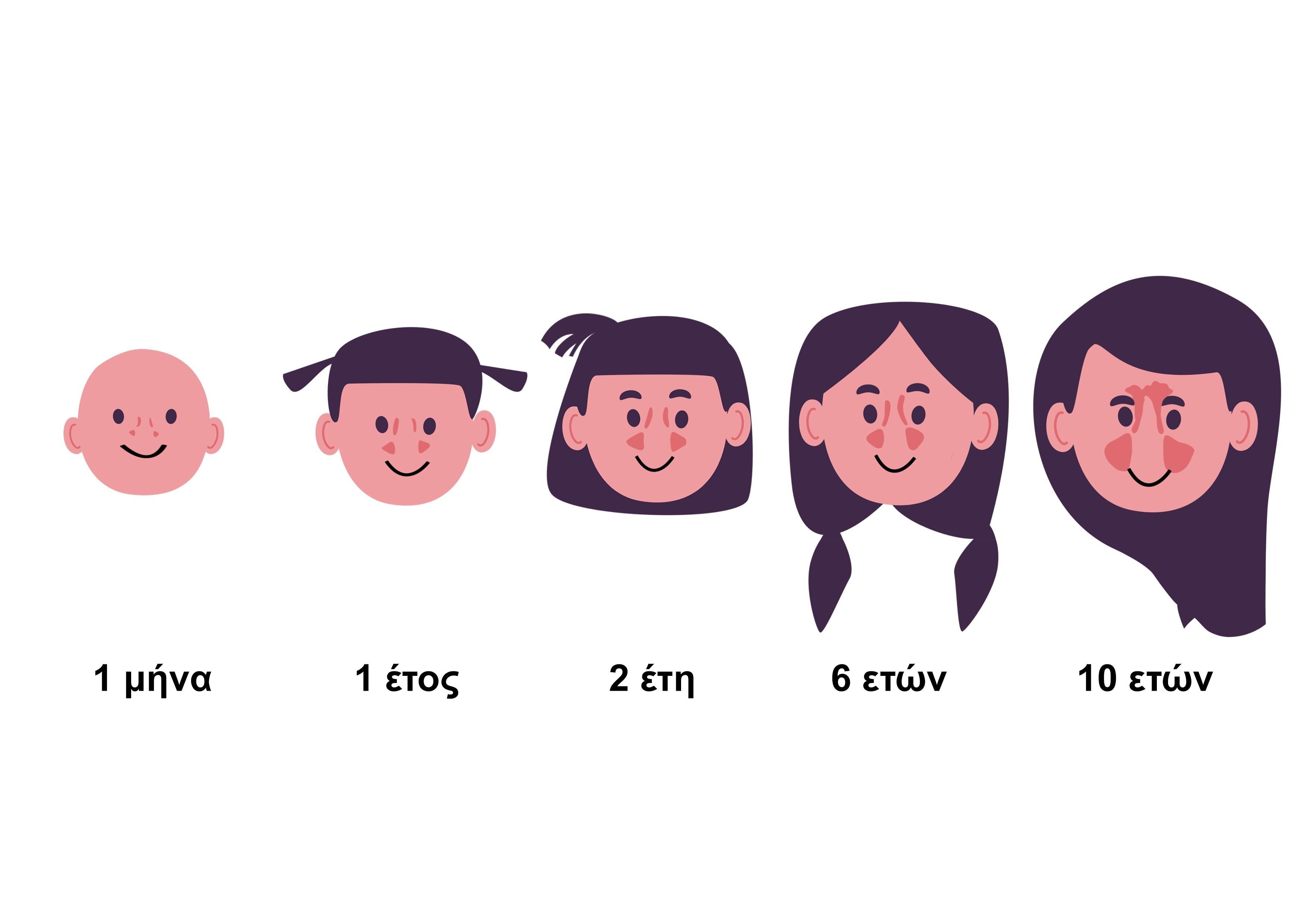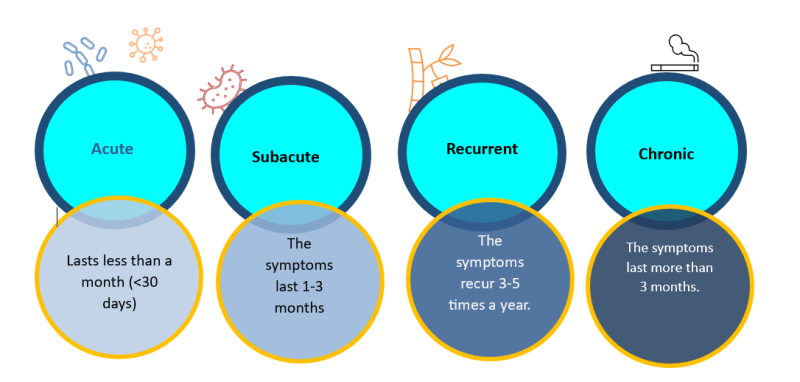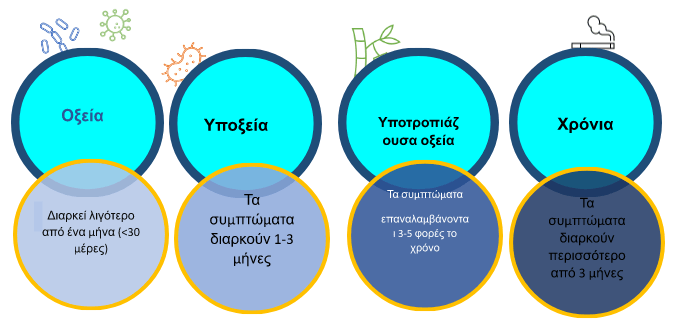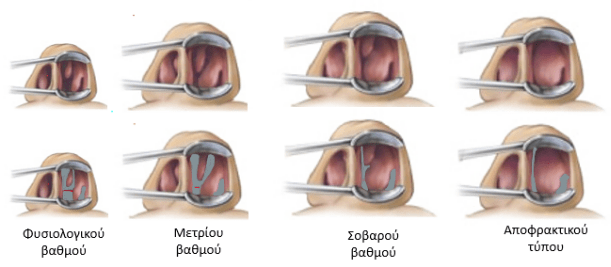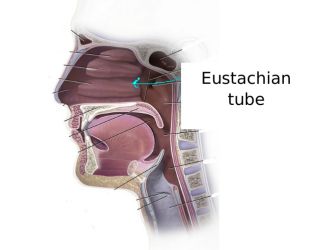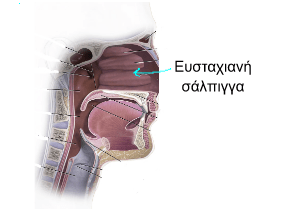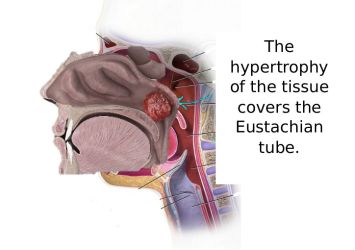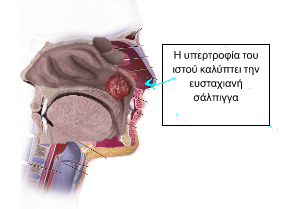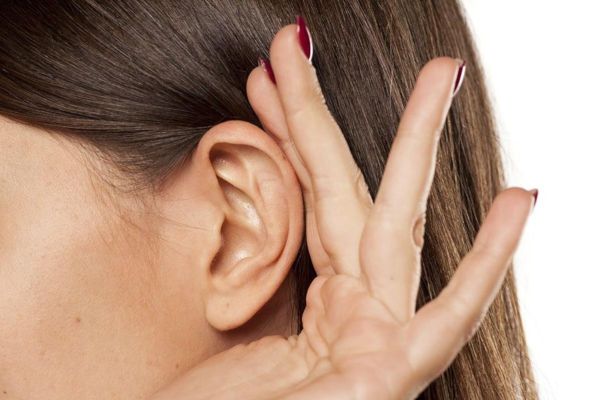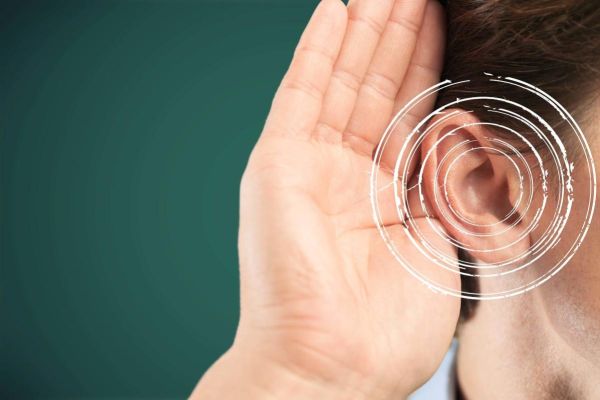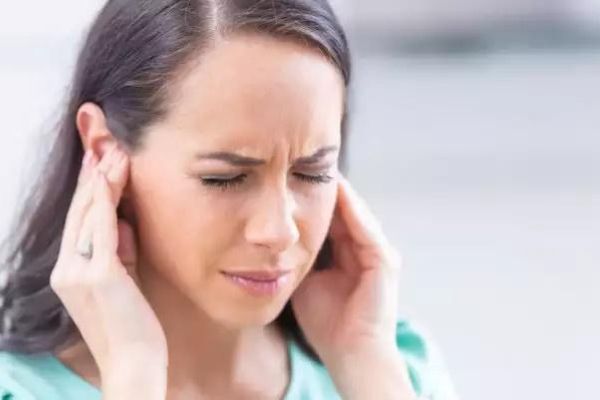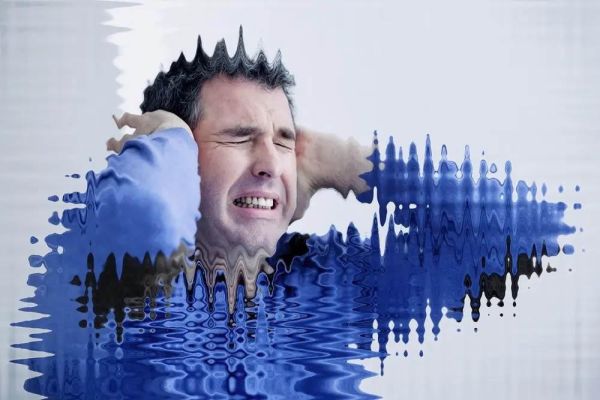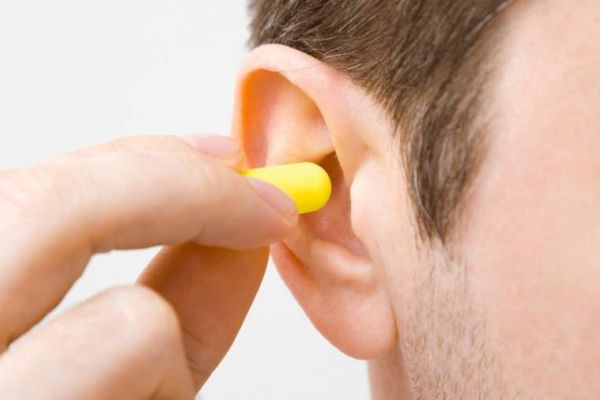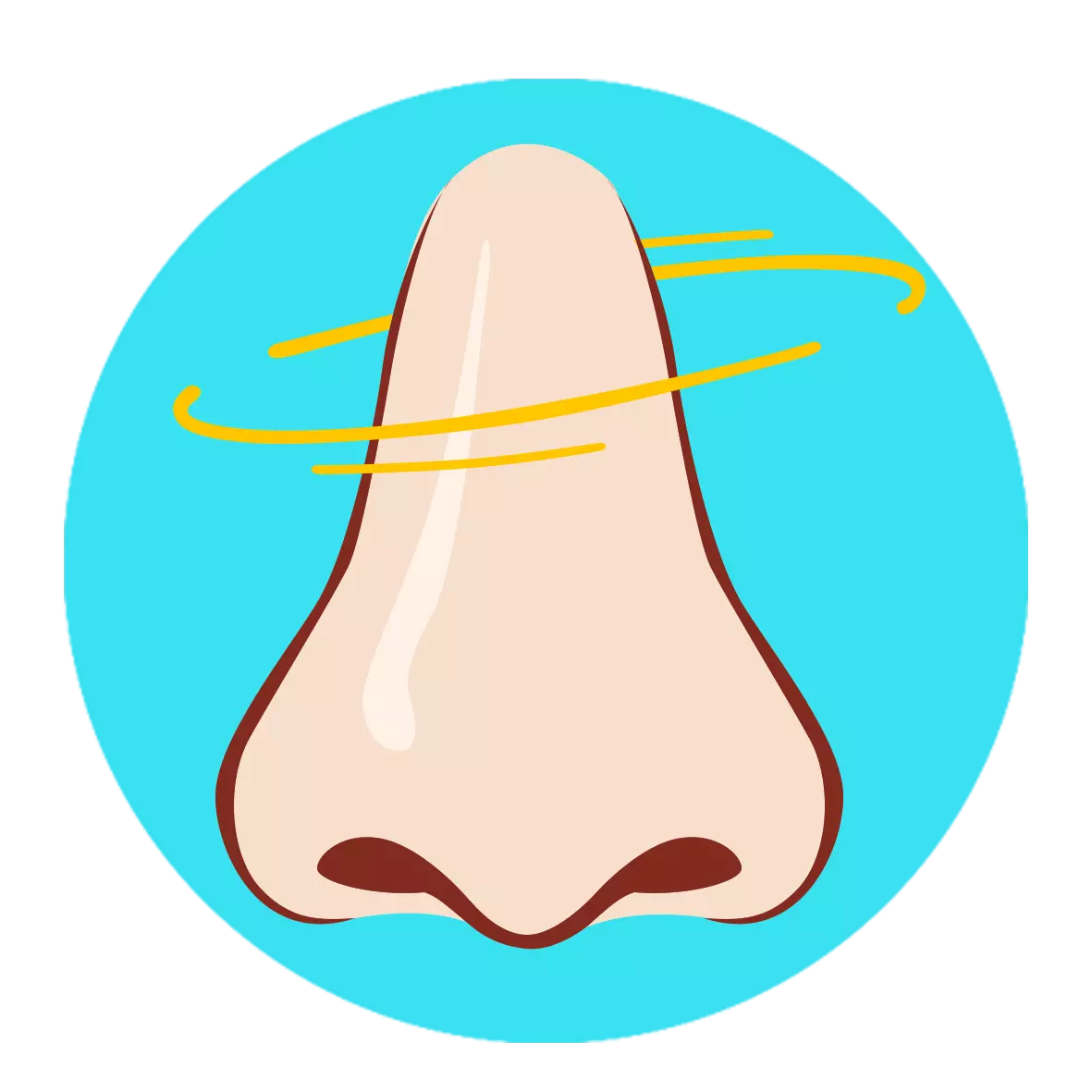 Nose
Nose
Allergic rhinitis
Allergic rhinitis can be
-
seasonal (usually autumn and spring) Seasonal hay fever tends to be associated with cyclical changes in the environment. About 10 to 30% of the population has seasonal rhinitis.
-
or lasting all year round (this type of hay fever does not have a seasonal pattern. This may reflect the patient's continuous exposure to the allergen that causes this mucosal reaction (e.g. animals, house dust mites, occupational exposures)
-
or it may occur sporadically after specific exposures to allergens.
What are the common symptms for allergic rhinitis?
-
sneezing
-
nasal congestion with usually clear secretions
-
itching in the nose
-
or itching on the roof of the mouth (palate)
-
allergic conjunctivitis (characterised by itching, watery eyes that may also be red or swollen)
Sinusitis
Commonly called sinusitis although this characterization is usually not accurate. It is the inflammation of the paranasal sinuses and of course the nose.
The ethmoidal and sphenoid sinuses may not be of significant size until 3-7 years of age.
Frontal sinuses are the last to develop and may not be of significant size until puberty.
There are several causes of sinusitis. Some of the causes are bacterial or viral infection or by allergens or components found in the environment (e.g. pollen, smoke).
Treatment depends on the aetiology, symptomatology and associated conditions
Turbinate Hypertrophy
Causes
-
acute bacterial or viral diseases
-
chronic infections
-
allergies
-
or other non-inflammatory causes, such as vasomotor rhinitis
Grades
Ranging as shown in the picture from moderate to full occlusion
Treatment
When nasal obstruction occurs due to hypertophic turbinate it cannot be treated with medications, nasal sprays. In this case surgical intervention is the option.
Adenoids- hypertropghy
Adenoid glands are normal tissue that grows at the back of the nose (nasopharynx).
The tissue can be identified at 4-6 weeks gestation and is fully developed by the seventh month of gestation and continues to grow until the 5-7th year of life.
Normal anatomy (lateral)
Blausen.com staff (2014). "Medical gallery of Blausen Medical 2014". WikiJournal of Medicine 1 (2). DOI:10.15347/wjm/2014.010. ISSN 2002-4436.
In case of adenoid hypertrophy,
-
Mouth breathing is common since there is nasal obstruction
-
It can affect the formation of skull bones
-
Facial characteristics change (as shown in the picture) and this leads to the creation of the adenoid face, as known
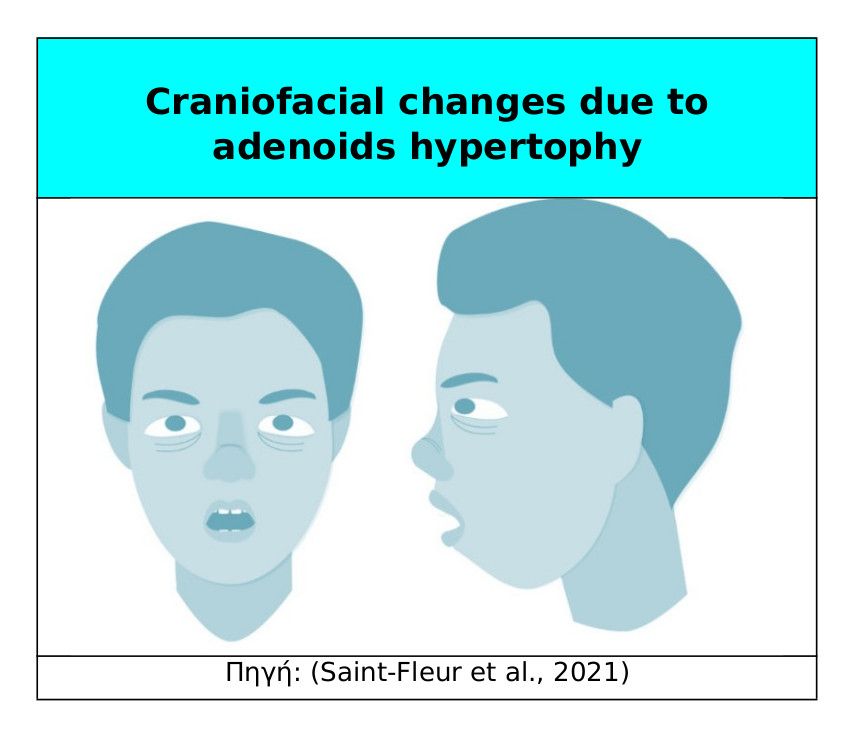
When should the adenoids been surgicaly removed ?
Adenoidectomy is recommended when:
-
there is a large hypertrophy and the adenoids s are blocking the airway, which may be suspected if the child snores excessively.
-
has difficulty breathing through the nose (nasal obstruction) when there is no inflammation
-
has episodes of stopping breathing during sleep (sleep apnoea). Usually from a few seconds but can last up to a minute. Sleep apnoea in children manifests itself with several symptoms including, in addition to heavy snoring or heavy breathing during sleep
-
very restless sleep
-
sleeping in unusual positions
-
enuresis
-
drowsiness during the day; or
-
behavioural/learning problems
-
sleepwalking or night terrors
-
Hypertrophic adenoids are sometimes associated with otitis media (fluid in the middle ear that causes conductive hearing loss). Due to obstruction of the eustachian tube (the tube through which the nose communicates with the middle ear), fluid builds up in the middle ear.
What the diagnosis involves
-
Medical history
-
Clinical examination
-
Endoscopy with a flexible or rigid endoscope
-
Allergy tests (if necessary)
-
Blood tests (if necessary)
-
Imaging (if necessary)


